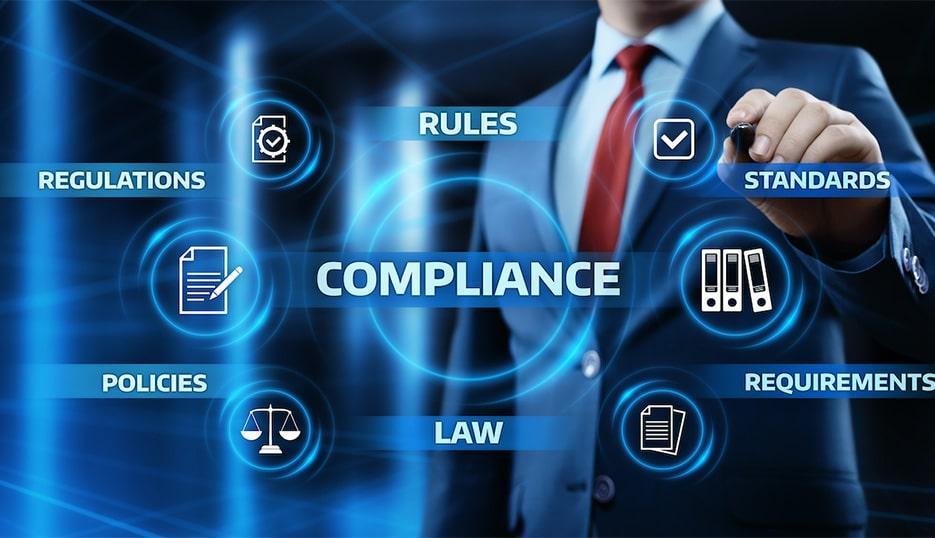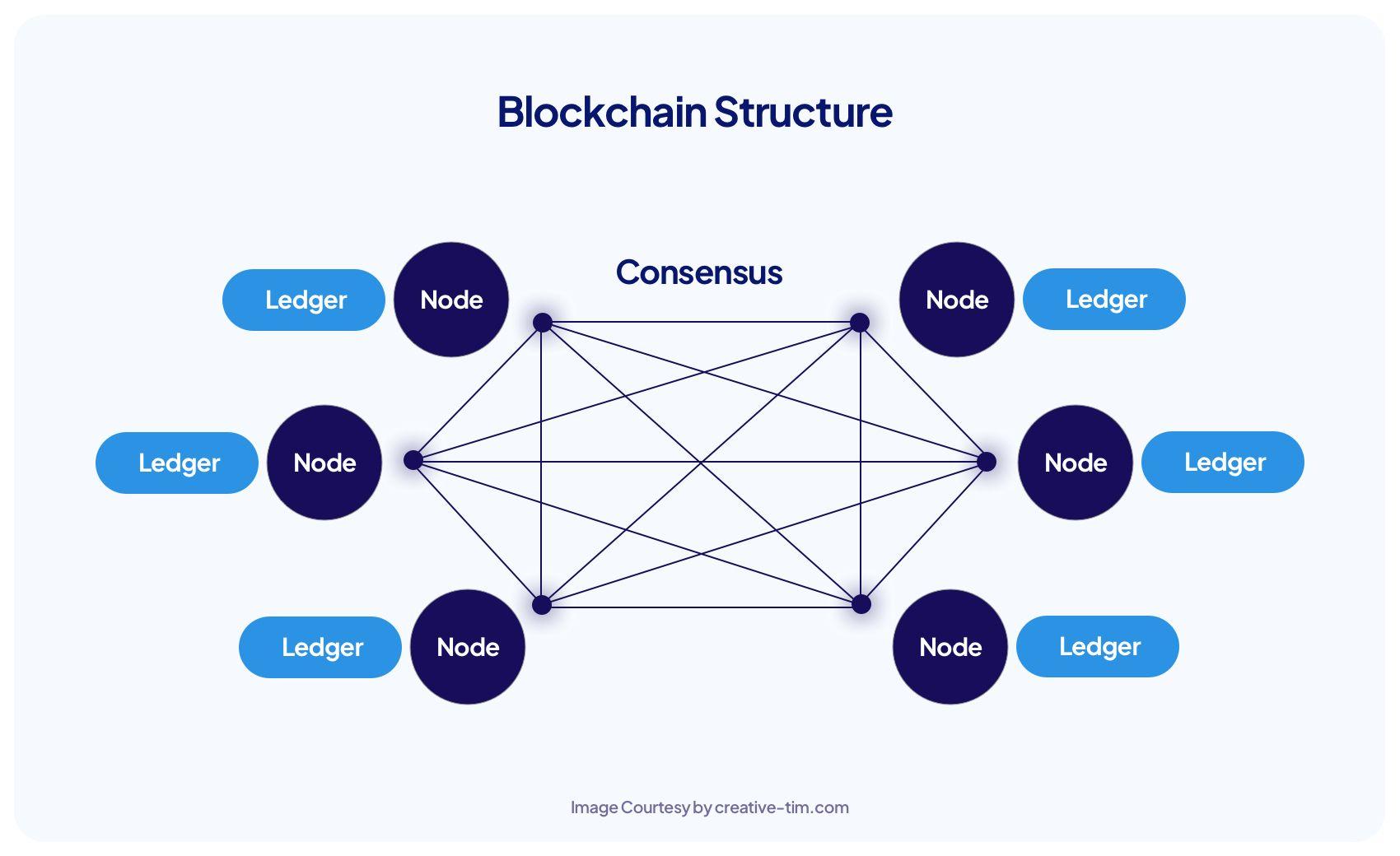Unlocking the Future: A Deep Dive into Blockchain Technology
In a world increasingly defined by rapid technological advancements, one innovation stands at the forefront, promising to redefine our understanding of trust, transparency, and security: blockchain technology. Once the elusive backbone of cryptocurrencies, blockchain has evolved into much more than a mere digital ledger. It has emerged as a transformative force poised to disrupt industries beyond finance, reshaping how we exchange value, verify identities, and establish contracts. As we embark on this deep dive into the intricacies of blockchain, we will unravel its foundational principles, explore its multifaceted applications, and contemplate the challenges and opportunities that lie ahead. Join us as we unlock the future of blockchain technology and investigate its potential to revolutionize the way we interact with the world around us.
Exploring the Foundations of Blockchain: Understanding the Core Principles
At its core, the technology that underpins blockchain is a system designed to provide transparency, security, and decentralization. One of the most vital principles is the concept of distributed ledgers. Unlike traditional databases maintained by a single authority, a blockchain ledger is shared across numerous nodes, making it exceedingly difficult for any single party to manipulate the data. Each block contains a set of transactions, time-stamped and linked to the previous one, forming a secure chain that can be followed back to its origins. This interconnectedness not only bolsters security but also fosters accountability among participants in the network.
Another fundamental tenet of blockchain technology is cryptographic security. By utilizing advanced cryptographic techniques, each transaction is encrypted and verified by the network participants before it is added to the chain. This unique validation process enhances trust, as any attempt to alter a previously recorded transaction would be immediately evident to all network members. Additionally, smart contracts—self-executing contracts with the terms of the agreement written into code—further democratize and automate processes without the need for intermediaries. The combination of these core principles paves the way for innovative applications that extend across various sectors, from finance to supply chain management.

The Transformative Power of Decentralization: Implications for Industries
Decentralization is reshaping the very foundations of industries by fostering a more equitable distribution of power and resources. This shift serves as a catalyst for innovation and collaboration, breaking down traditional barriers that often stifle creativity and growth. With blockchain technology at its core, businesses can harness the benefits of transparency, security, and efficiency. Companies can now operate without the cumbersome oversight of central authorities, enabling them to respond to market demands more swiftly and effectively. This newfound agility empowers small enterprises and startups, allowing them to compete on a level playing field with established corporations.
The implications of this transformative approach extend across various sectors, including finance, supply chain management, and healthcare. By leveraging decentralized networks, organizations can streamline their processes while reducing costs associated with intermediaries. Consider the following key points that highlight the advantages of decentralization:
- Enhanced transparency: All transactions are recorded on a public ledger, reducing the risk of fraud.
- Increased accessibility: Individuals can participate in global markets without the usual entry barriers.
- Improved data security: Sensitive information is encrypted and distributed, minimizing vulnerabilities.

Navigating Regulatory Landscapes: Ensuring Compliance in a New Era
In the rapidly evolving realm of blockchain technology, businesses must navigate an intricate web of regulations that vary widely across jurisdictions. This complexity can often appear daunting, yet it presents an opportunity for proactive companies to establish a competitive edge by prioritizing compliance. Key components that organizations should focus on include:
- Understanding Local Regulations: Each region may impose different legal frameworks concerning blockchain applications, especially regarding cryptocurrencies and data protection.
- Standardization Efforts: Keeping an eye on initiatives aimed at creating standardized regulations can simplify compliance and foster innovation.
- Risk Assessment: Regular assessments help identify potential legal exposures as technologies and regulations evolve.
Moreover, collaboration with industry stakeholders can lead to a more robust understanding of the regulatory landscape. By engaging in dialogues with regulatory bodies, businesses can influence the development of future regulations, ensuring that the frameworks are not only effective but also conducive to growth. This proactive approach fosters transparency and builds trust with consumers. Below is a simplified overview of how companies can align their blockchain initiatives with regulatory expectations:
| Strategy | Action Items |
|---|---|
| Compliance Check | Conduct annual compliance audits and legal reviews. |
| Education | Implement training programs for employees on regulatory changes. |
| Stakeholder Engagement | Participate in industry forums and discussions. |

Unlocking Innovation: Practical Applications and Future Trends in Blockchain Technology
The versatility of blockchain technology is becoming increasingly apparent as industries explore its potential to innovate and improve processes. In supply chain management, for instance, blockchain offers a transparent ledger that enhances traceability of goods from production to delivery. Businesses are now able to verify the authenticity of products, streamline operations, and reduce fraud. Moreover, sectors such as healthcare are leveraging blockchain to securely store patient records, ensuring that sensitive information is accessible only to authorized individuals, yet immutable and verifiable. These practical applications are just the tip of the iceberg, highlighting how blockchain can address longstanding challenges across various fields.
As we look toward the future, emerging trends in blockchain technology promise to unlock even more innovative applications. The rise of decentralized finance (DeFi) is paving the way for more inclusive financial systems, enabling individuals to lend, borrow, and trade without traditional intermediaries. Furthermore, the integration of artificial intelligence (AI) with blockchain is creating opportunities for enhanced data security and automation. With the potential melding of these two powerful technologies, we can expect not only improved efficiencies but also the development of entirely new business models. To illustrate potential growth areas, consider the following table outlining key trends and their expected impact:
| Trend | Impact |
|---|---|
| Decentralized Finance (DeFi) | Increased accessibility to financial services. |
| Integration with AI | Enhanced security and automation capabilities. |
| Tokenization of Assets | Improved liquidity and fractional ownership. |
| Sustainable Blockchain Initiatives | Reduced carbon footprints; eco-friendly protocols. |
Wrapping Up
As we close this exploration of blockchain technology, it’s clear that we stand on the brink of a digital revolution. This intricate tapestry of decentralized networks, cryptographic security, and transformative potential is not merely an innovation; it is a glimpse into a future where trust is redefined and possibilities expanded.
While the road ahead may be fraught with challenges—including regulatory hurdles, scalability concerns, and the need for public understanding—the underlying principles of transparency and security pave the way for an era ripe with opportunity. From finance to supply chains, voting systems to healthcare, the applications of blockchain are as diverse as they are groundbreaking.
In navigating this complex landscape, it is crucial for us to remain informed and engaged, becoming active participants in this ongoing conversation. As the technology continues to evolve, so too must our understanding of its implications, benefits, and limitations. Let’s keep our minds open and our curiosity alive as we unlock the future together. The full impact of blockchain is yet to be realized, but one thing is certain: its potential is limited only by our imagination.



